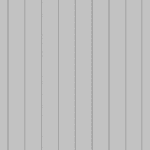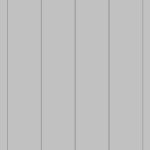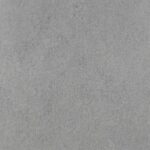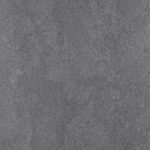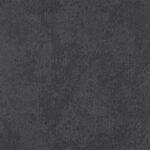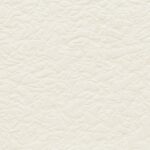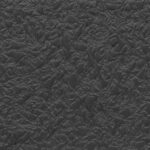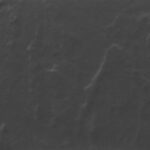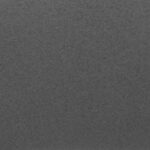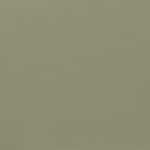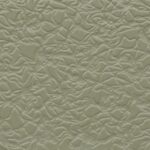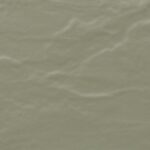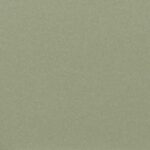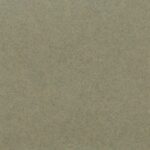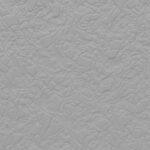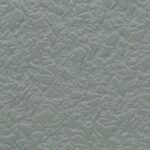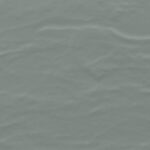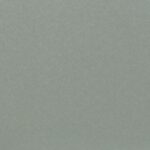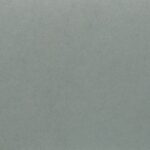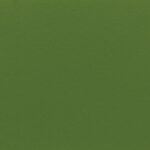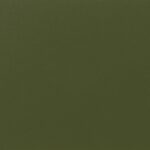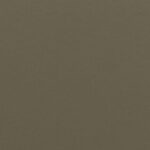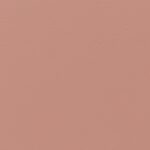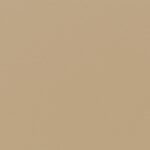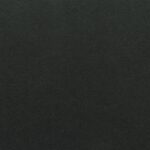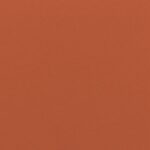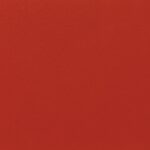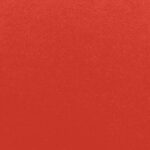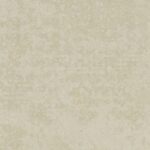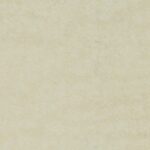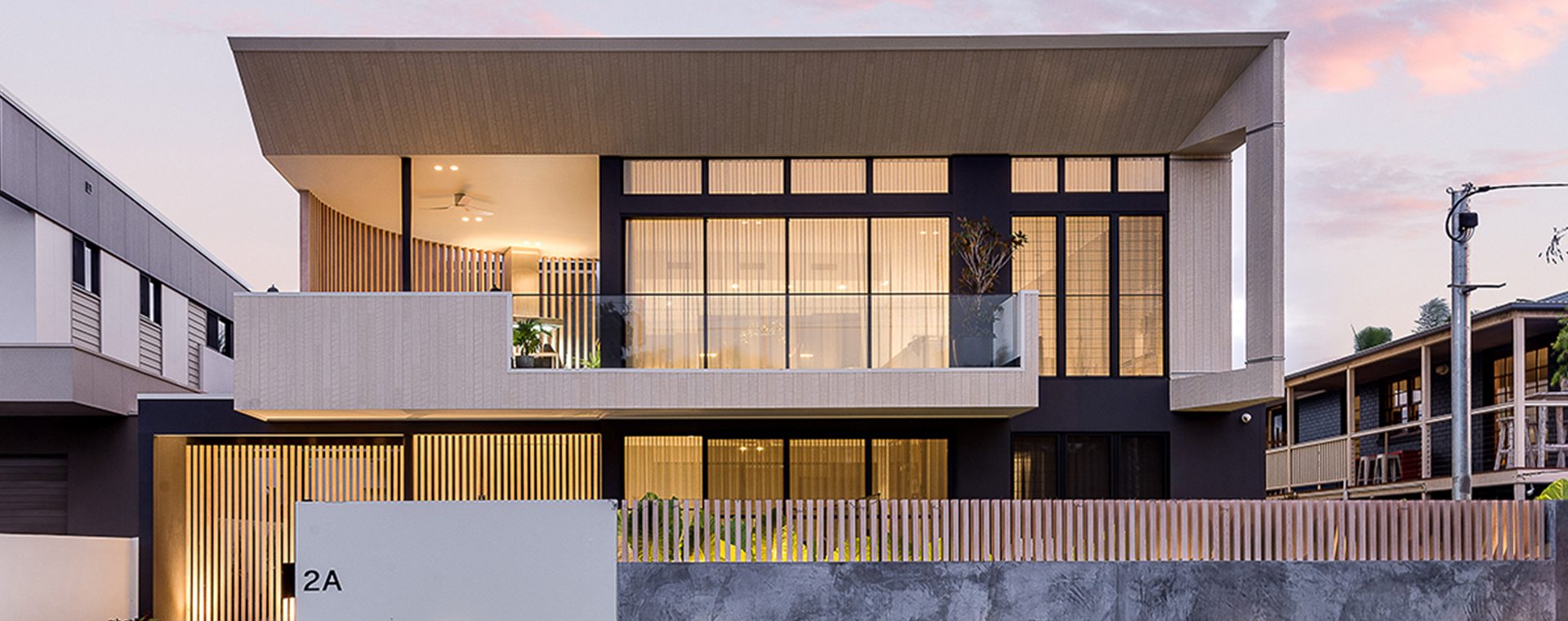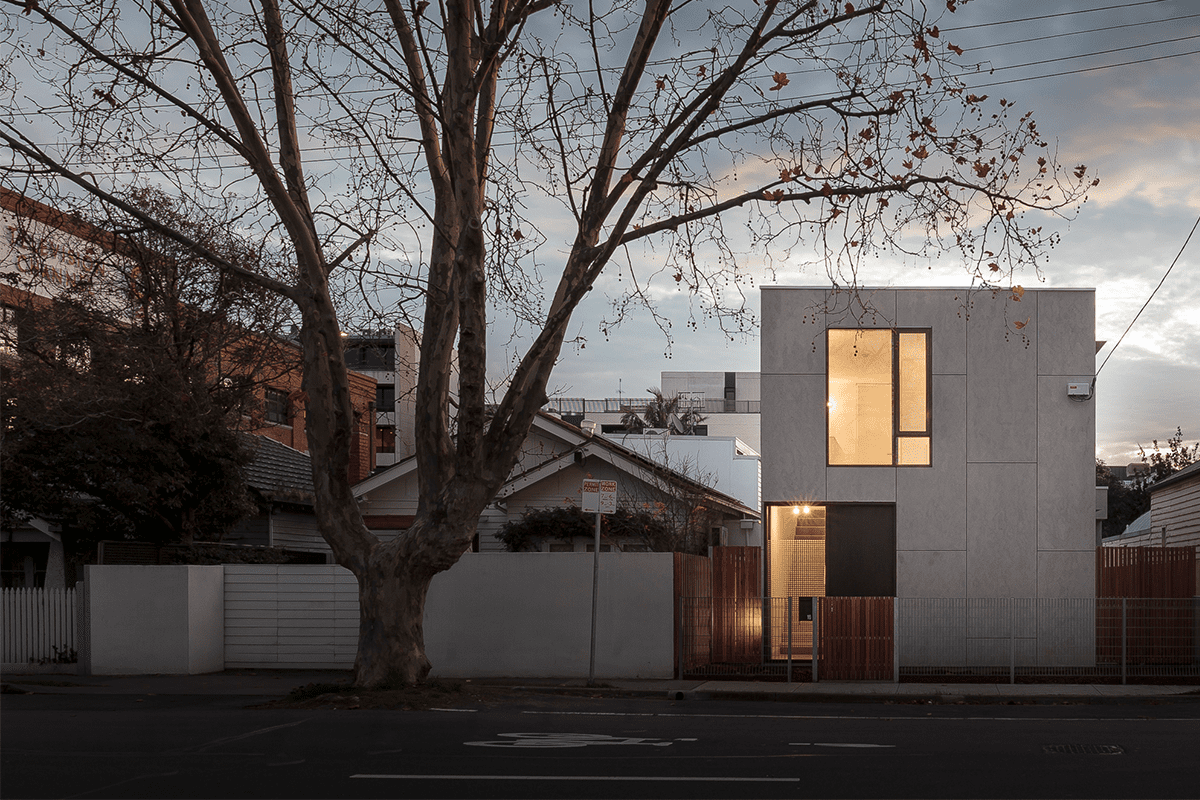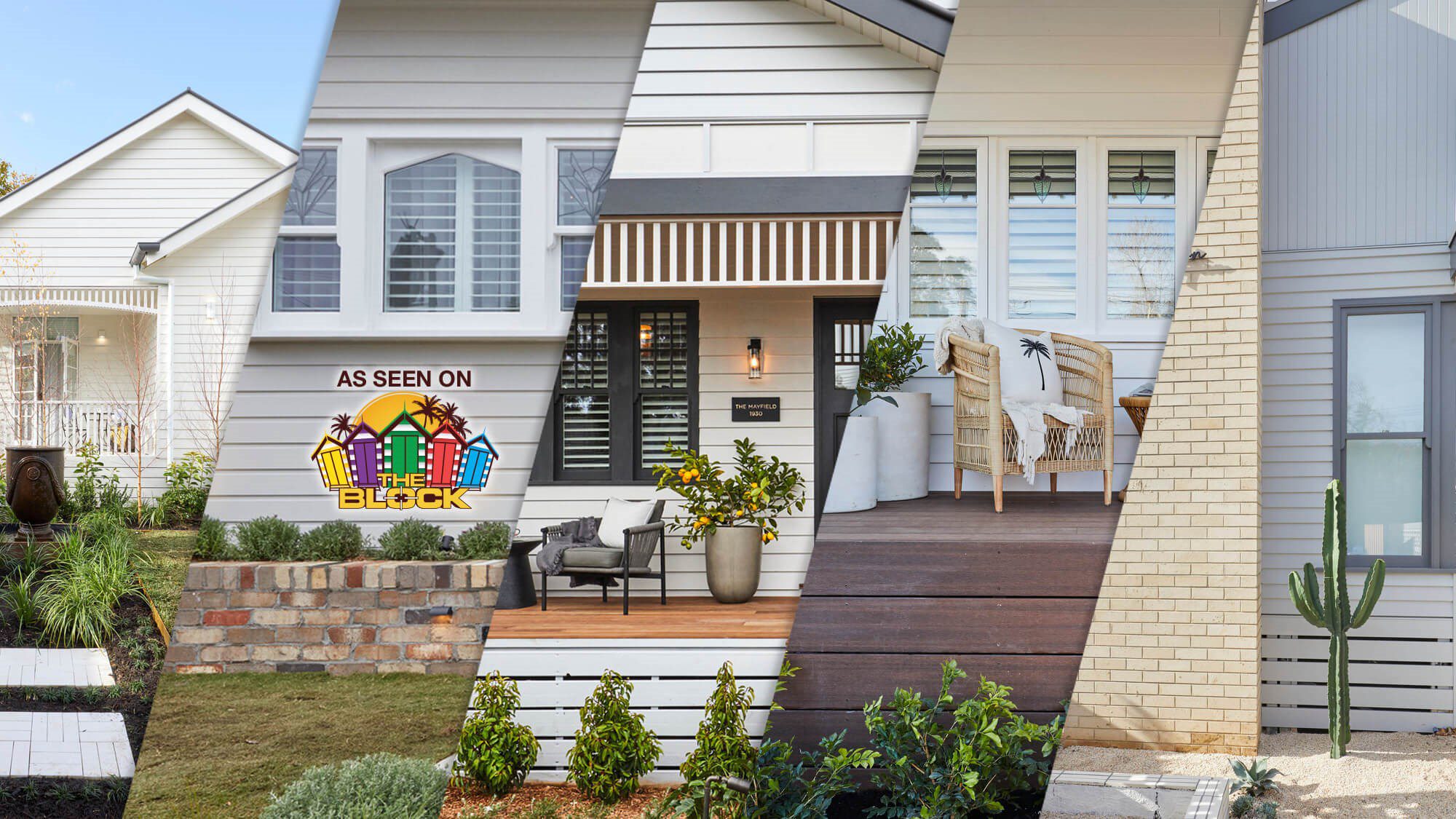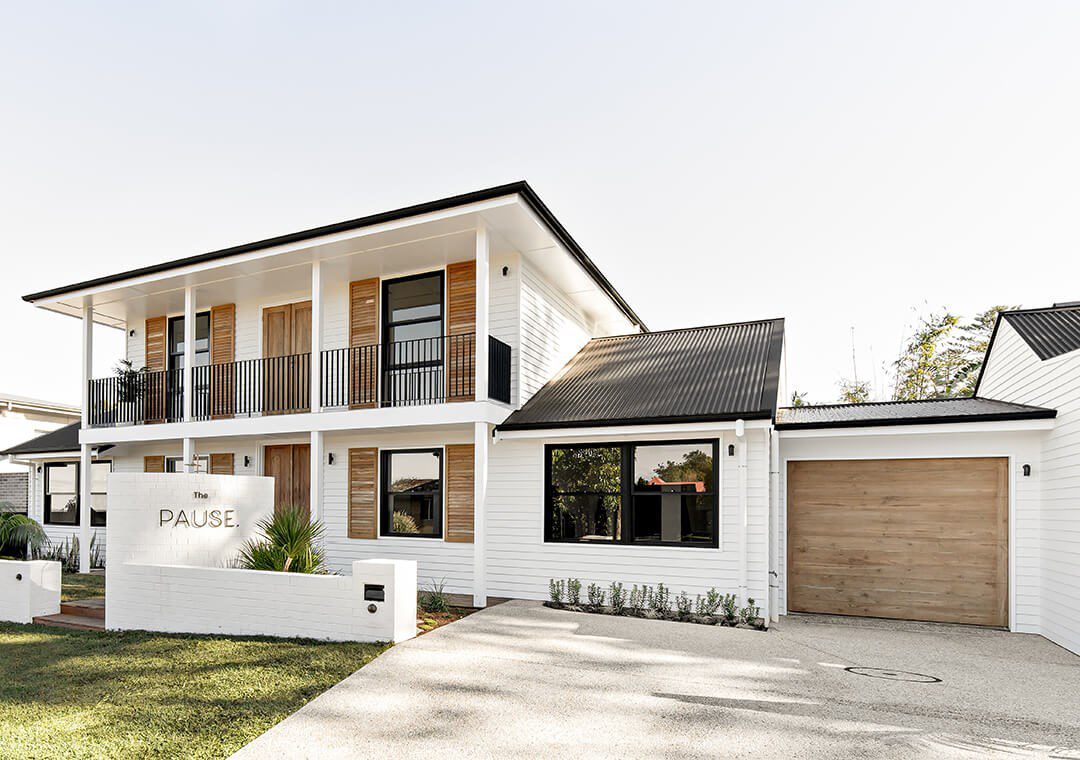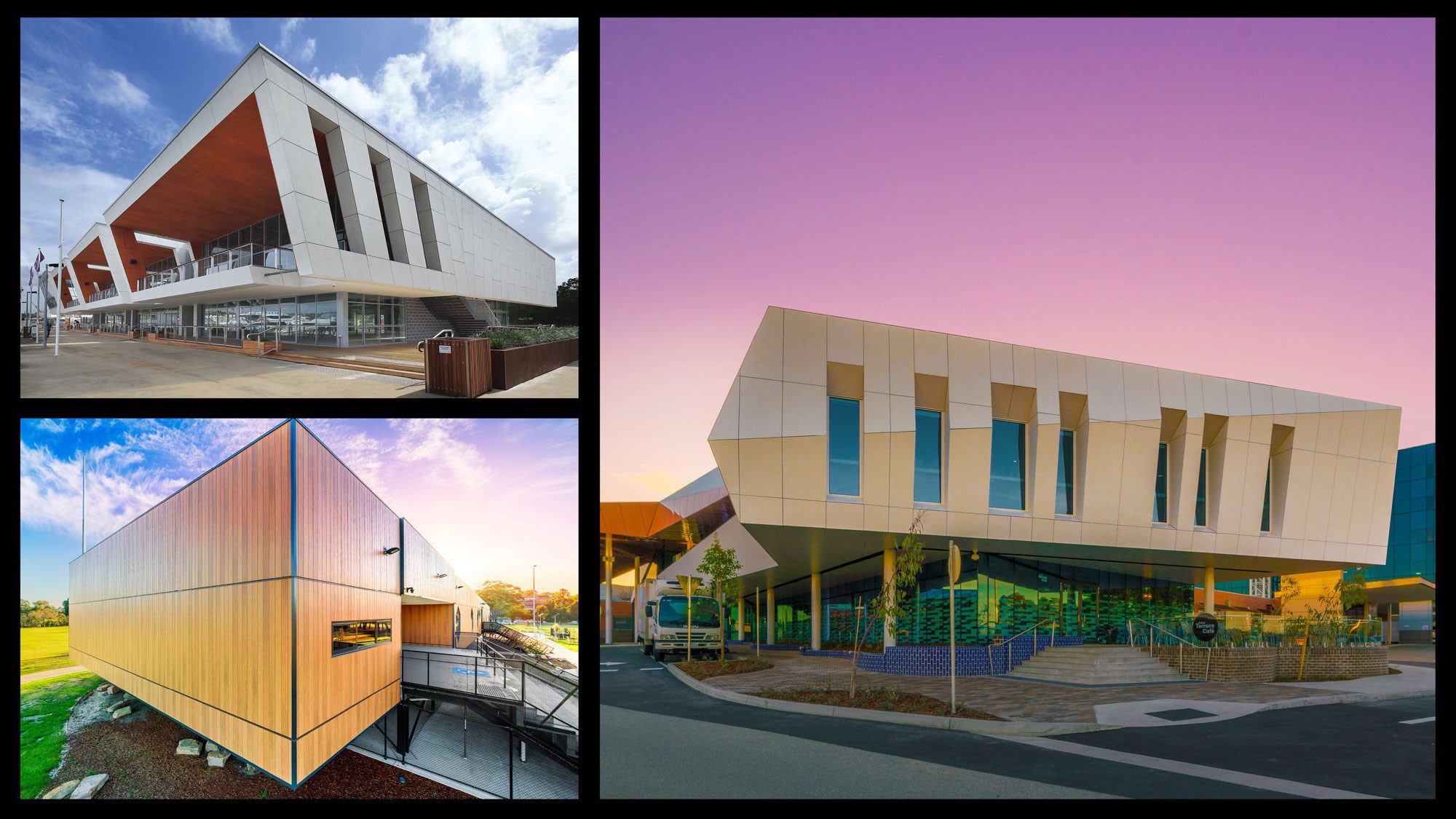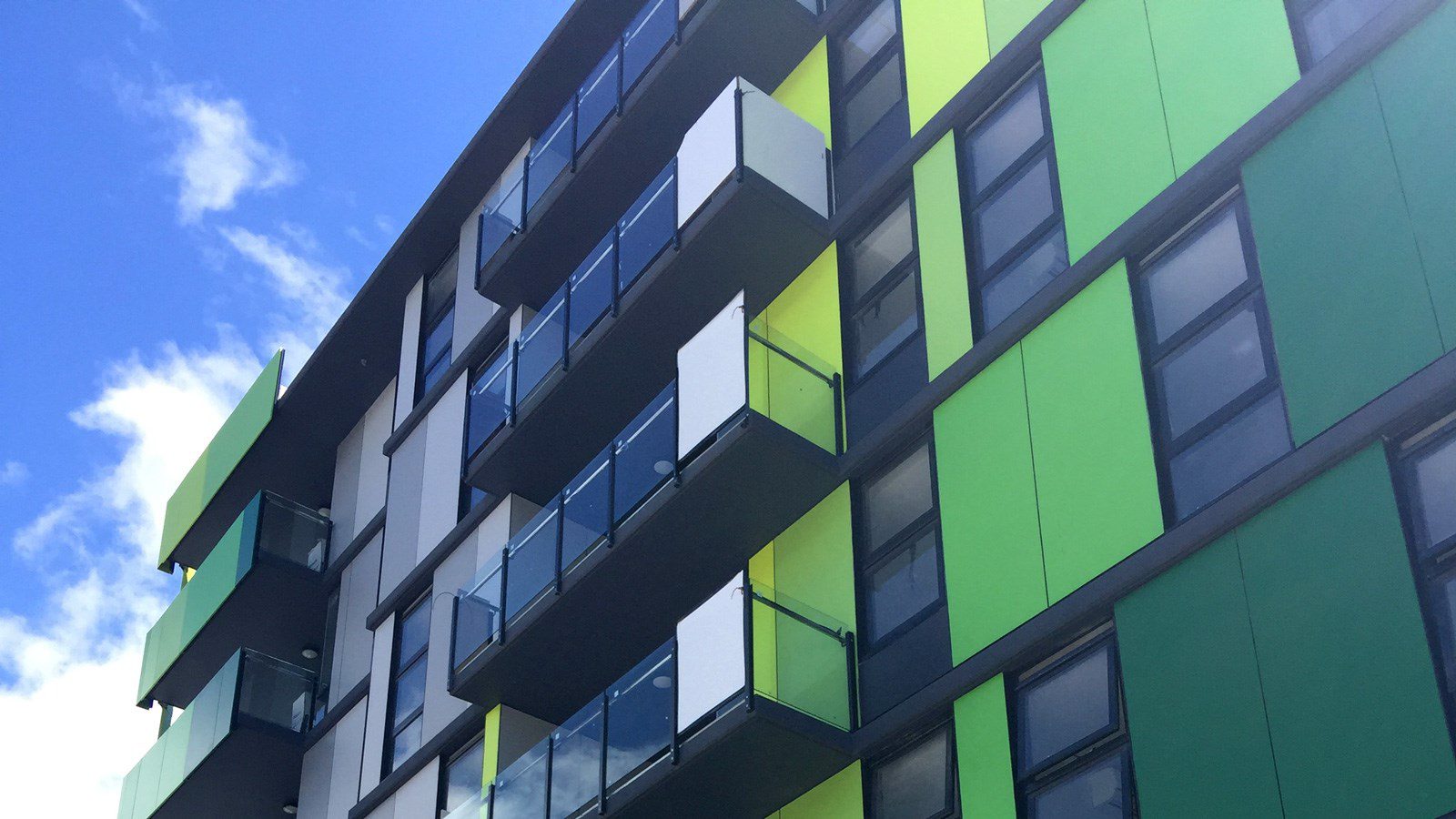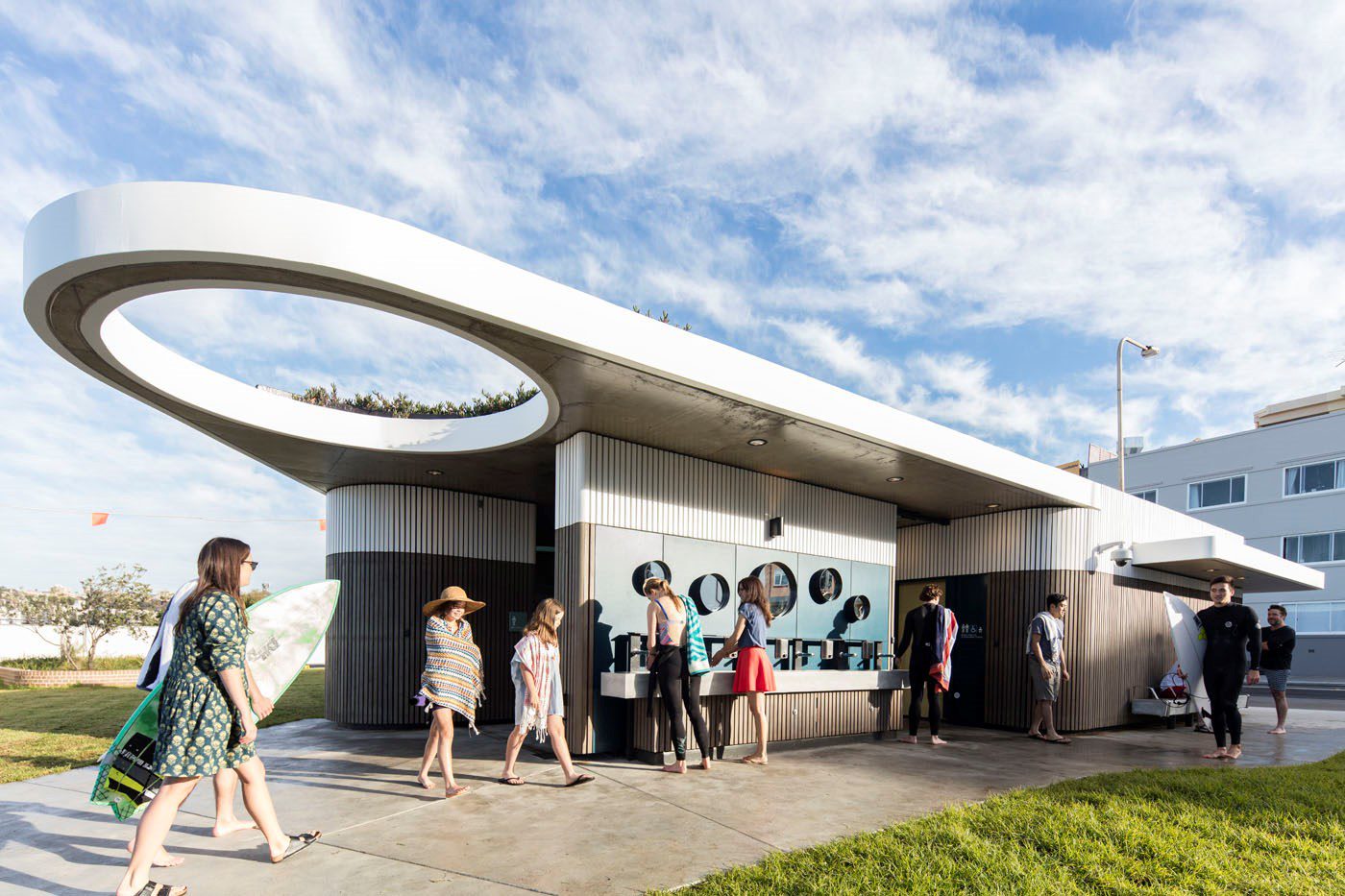Durable ceiling cladding in a range of styles.
Browse our Ceiling styles below
Look up and enjoy the view.
Ceiling cladding demonstrates the use of outdoor products indoors. By far the most common ceiling lining material is plasterboard.
However, for a decorative ceiling you can turn to cladding. Cladding, by definition, is a decorative skin. There are many types of cladding which can achieve a timber look. Cemintel Edge Cladding is a good choice for a painted timber look, with 5 styles of grooved panel to choose from.
Two ingredients for a light and bright open plan living area are vaulted ceilings and skylights. Create a delightful feature by lining ceilings in cladding panels. Replacing plasterboard with fibre cement ceiling cladding for living areas and even kitchens isn’t difficult. The main challenge is lifting into place. Fibre cement cladding panels are heavier than plasterboard. It’s a good idea for builders or installers to use a panel lift during installation.
In alfresco areas the application changes from a ceiling lining to a soffit lining. Cemintel Soffitline® gives a similar aesthetic to plasterboard. Being fibre cement, it’s better able to handle moisture. For a more designer soffit vertical joint cladding panels are a good choice.
Sort
Frequently asked questions
-
What is ceiling cladding?
Ceiling cladding is a description that expresses the intent for more decorative ceiling panels than the standard plasterboard used on ceilings. Timber style cladding is a popular choice for ceilings. It suits coastal style homes and those which want to give a room a resort feel.
A style of ceiling cladding that’s popular with commercial applications, is flat panels with expressed joints. Use Ceminseal® Wallboard Square Edge panels with Horizontal Backing Strips to create expressed joints. Then lay the panels out in a grid or brick pattern design.
-
What materials should I use for ceiling cladding?
The main aesthetic driving demand for ceiling cladding is timber. There are several materials which can achieve this aesthetic, not just timber.
- Timber panelling can be used for internal wall and ceiling lining. It has the beautiful tonal variation of natural timber. It requires staining and there’s a risk it will swell or warp due to heat from the roof or exposure to moisture.
- Aluminium panelling can have a printed timber finish. It’s durable but expensive.
- Cemintel Edge Cladding provides the look of painted vertical joint or V-groove timber. It’s highly durable and resistant to warping and swelling. Ceiling White paint works well on vertical joint ceiling linings.
-
Does ceiling cladding require maintenance?
Ceiling cladding should require very low to no maintenance. It’s not exposed to sunlight or moisture.
-
How do you attach cladding to a ceiling?
For ceiling applications, cladding requires stronger fixings. Instead of nails, cladding should be installed with screws and stud adhesive. Check with the CSR DesignLINK team.
Other applications
Residential
Commercial
Inspire
Latest topics, projects and people that help shape architecture, design, building and construction.
Speak to an expert
Simply complete the form to get in touch with one of our Cemintel experts.
